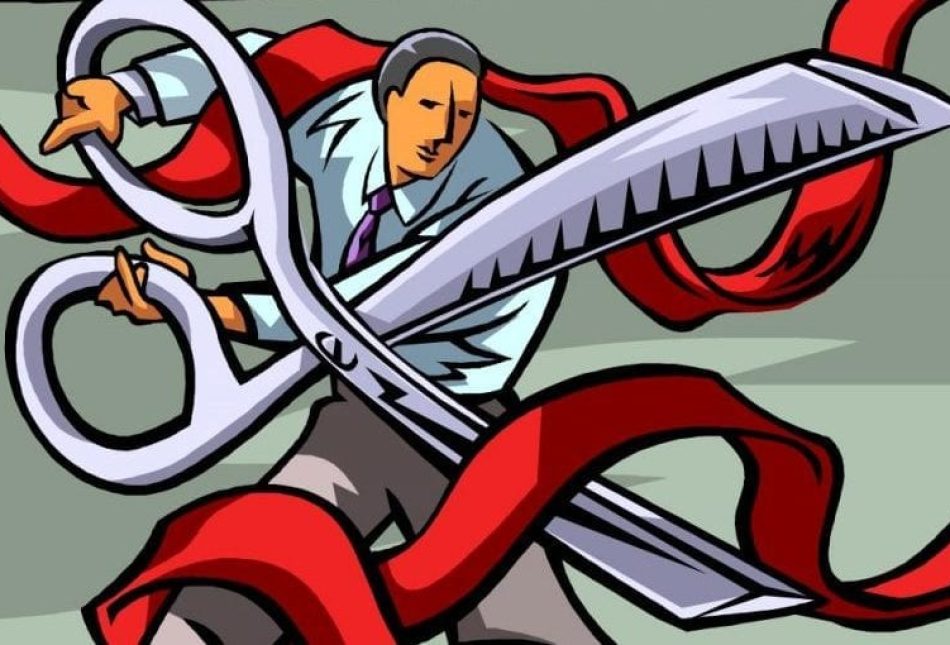Red Ink Express: Rising Losses and Low Ridership Show Rail Runner is an Increasingly Bad Deal for Taxpayers

The Rail Runner’s losses are mounting and its relatively low ridership makes it an incredibly inefficient mass transit system. Information obtained by the Rio Grande Foundation through a public records request shows the Rail Runner is proving to be the grossly expensive, low benefit waste of money critics predicted.
According to information obtained from the managers of the Rail Runner, from the first date of service in July 2006 through May 31, 2009, the average daily “ridership” on the train was a mere 2,539. That number shrinks even further when its meaning is clarified. The Rail Runner’s “ridership” is calculated based on each individual boarding. That means a roundtrip commuter to Santa Fe from Albuquerque is counted twice, since they get on the train coming and going. The actual average number of daily commuters using the Rail Runner for its three years of operations is just under 1,270.
The Rail Runner cost $400 million to get rolling. That start-up investment will never be recovered through the fares charged passengers. In addition, its annual operating and maintenance deficit is exploding. The data received from the Rail Runner’s management show that in 2006, the train’s first year of operation the operating deficit was $7.8 million. Its operating deficit last year was $10.8 million. Its operating losses for its third year of operation to May 31, 2009, already exceeded $13.4 million. That is a total of $32 million in operating losses so far.
This means that the taxpayer subsidy per commuter has also been increasing as the Rail Runner produces ever higher operating and maintenance costs far in excess of the fares it charges. The subsidy has grown from $6,128 per commuter in its first year to over $10,500 this past year.
Taxpayers are effectively paying a select few to ride the rails instead of a taking a bus or driving. At the average daily ridership of 2,539, taxpayers were kicking in $16.89 per ride during the past year.
Governor Richardson recently announced that since the Rail Runner added Santa Fe service, its daily ridership has grown to 4,700, which equals 2,350 commuters a day. This is still less than half the number of passengers who daily use Albuquerque’s Rapid Ride Central Avenue buses. It pales in comparison to the number of people moving along the Rio Grande Corridor every day. And, compared to Albuquerque’s overall mass transit system, the Rail Runner looks as expensive and exclusive as the Orient Express.
Over the past twelve months, more than 10 million rides were provided by the city’s buses. And Albuquerque’s entire transit department operating budget (which includes the purchase of buses) is only about a tenth of the $400 million it cost to build the Rail Runner and purchase the engines and cars. And while it carries more than ten times as many passengers as the Rail Runner, the city’s transit department budget is less than three times what taxpayers lose each year in keeping the Rail Runner on the tracks.
Even based on the new, higher ridership numbers, the Rail Runner will underperform and cost far more per passenger than buses. Rail Runner ridership is growing, but its losses are growing, too. The Albuquerque bus system is also experiencing growth in ridership but without the same sort of soaring deficits being suffered at the Rail Runner. The experience of both systems during the coming twelve months will show whether the Rail Runner was as bad a deal for taxpayers as predicted, or an even worse boondoggle than anyone had expected.
